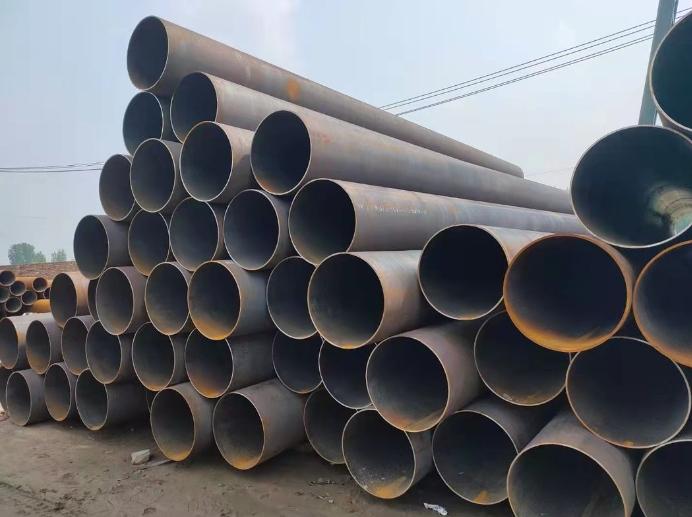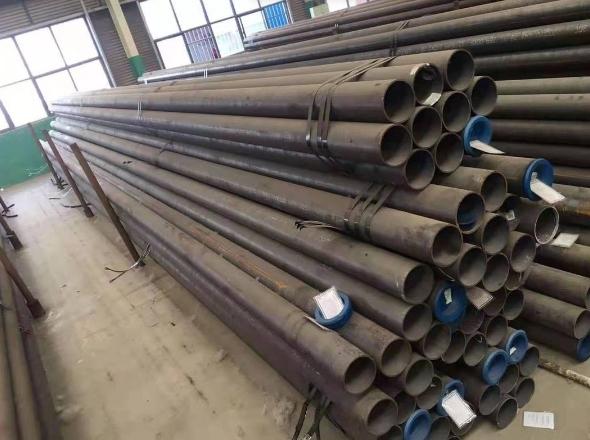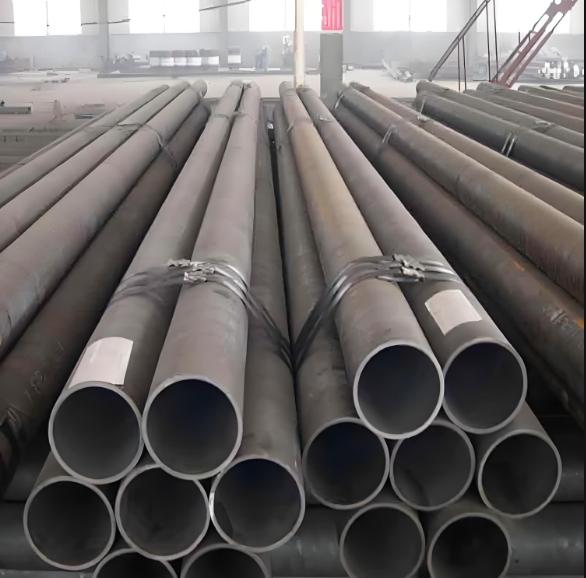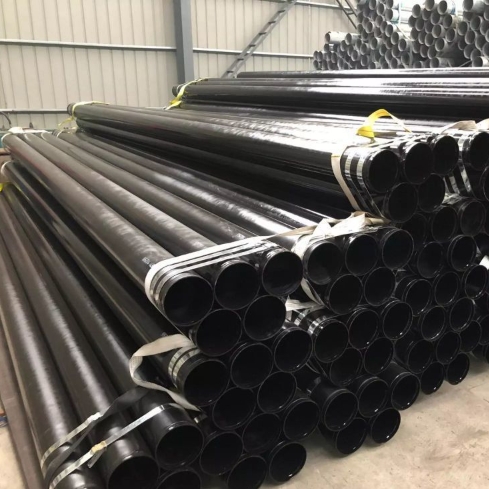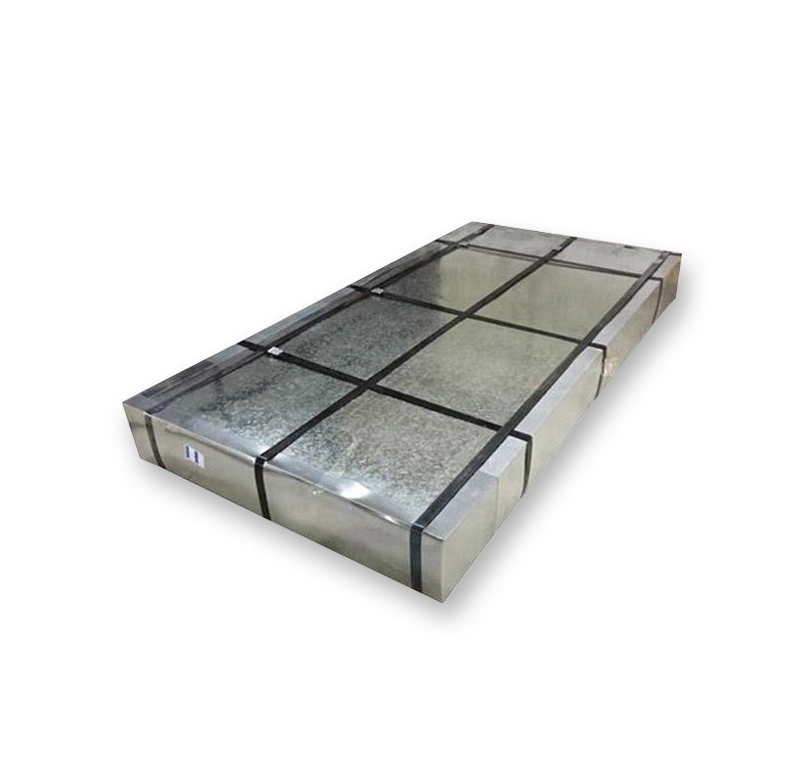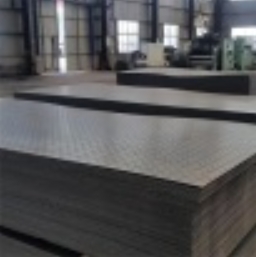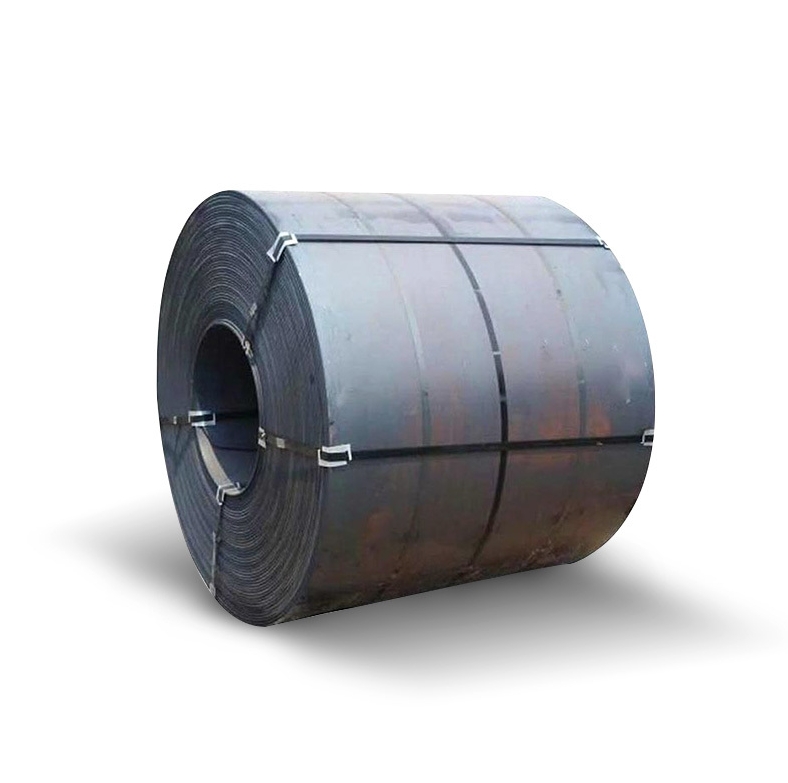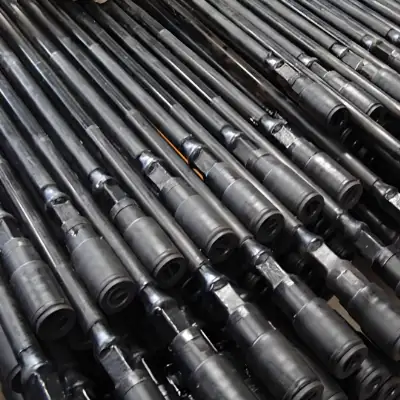What Makes Sch 10 Carbon Steel Pipe Essential for Your Projects?
If you’re in the construction, plumbing, or industrial sectors, you’ve likely heard of Sch 10 carbon steel pipes. But what exactly makes them such a must-have material for your projects? In this ultimate guide, we’ll break down everything you need to know about Sch 10 carbon steel pipes, including what they are, their advantages, and why they are the go-to choice for many.
From providing strength and durability to offering cost-effective solutions, Sch 10 pipes are a common choice for a wide range of applications. Let’s explore how these pipes stand out in the world of construction and manufacturing.
What Is Sch 10 Carbon Steel Pipe?
Understanding Sch 10 Carbon Steel Pipe: What Sets It Apart?
The term Sch 10 refers to the wall thickness of a pipe and is part of a broader classification system for pipe schedules. The “Sch” stands for “Schedule,” and Sch 10 pipes have a relatively thin wall compared to other pipes in the schedule series, such as Sch 40 or Sch 80. These pipes are typically made from carbon steel, a material known for its strength and versatility.
Sch 10 carbon steel pipes are used in a variety of systems, ranging from water supply to gas pipelines. They are lighter and easier to handle compared to thicker-walled pipes, making them ideal for projects that don’t require the heavy-duty pressure tolerance of thicker pipes.
Why Choose Sch 10 Carbon Steel Pipe?
1. Cost-Effectiveness: A Perfect Balance of Price and Performance
One of the primary reasons to choose Sch 10 carbon steel pipes is their cost-effectiveness. Compared to thicker-walled pipes like Sch 40 or Sch 80, Sch 10 pipes are often less expensive. This makes them an attractive option for large-scale projects where cost control is essential.
For example, if you need to lay a large length of piping for water distribution, using Sch 10 pipes can save you significant amounts of money without sacrificing performance. These pipes offer great value for applications where high pressure is not a major concern.
2. Lightweight and Easy to Handle
Another significant benefit of Sch 10 carbon steel pipes is their lightweight construction. With thinner walls, these pipes are easier to handle and install. This can speed up project timelines, reduce labor costs, and make the installation process more efficient.
Whether you’re working in plumbing, HVAC systems, or water treatment facilities, the ease of handling and installation of Sch 10 pipes can be a major advantage. For projects that require hundreds or even thousands of meters of pipe, this can result in substantial savings.
3. Flexibility and Versatility in Application
Sch 10 carbon steel pipes are widely used in both residential and industrial applications. They are suitable for systems that operate at lower pressure levels and moderate temperatures. Common uses include:
-
Water supply systems
-
HVAC systems
-
Oil and gas pipelines (at lower pressures)
-
Plumbing applications
Because they are versatile, these pipes can be used across multiple sectors, from manufacturing plants to residential homes.
Key Considerations When Choosing Sch 10 Carbon Steel Pipe
1. Pipe Size and Compatibility
When selecting Sch 10 carbon steel pipes, it’s essential to choose the right size for your project. Pipe schedule not only refers to wall thickness but also impacts the internal diameter of the pipe. If the diameter is too small for the flow requirements, you could end up with restricted water or gas flow, which could negatively affect your system’s performance.
Always ensure the pipe size is compatible with the intended application. For example, a 2-inch Sch 10 pipe will have a different internal diameter than a 6-inch Sch 10 pipe, affecting the volume and pressure that can pass through it.
2. Environment and Pressure Ratings
It’s important to consider the environmental conditions and pressure ratings when choosing Sch 10 carbon steel pipes. These pipes are best used in low-pressure systems and are not designed to withstand extreme pressures or corrosive environments. If your application requires the pipe to endure high-pressure systems or exposure to harsh chemicals, consider using pipes with thicker walls, such as Sch 40 or Sch 80 pipes.
3. Maintenance and Longevity
While Sch 10 carbon steel pipes are known for their affordability and ease of installation, they do require proper maintenance to ensure long-lasting performance. These pipes, like all steel pipes, can be prone to corrosion if not properly protected. It is important to periodically check the system for any signs of wear or rust and apply coatings or treatments when necessary.
Comparing Sch 10 Carbon Steel Pipe vs Other Pipe Schedules
When choosing between Sch 10 pipes and other pipe schedules, such as Sch 40 or Sch 80, it’s essential to understand the differences in wall thickness and pressure tolerance.
| Property | Sch 10 Carbon Steel Pipe | Sch 40 Carbon Steel Pipe | Sch 80 Carbon Steel Pipe |
|---|---|---|---|
| Wall Thickness | Thin | Medium | Thick |
| Pressure Tolerance | Low to moderate | Medium | High |
| Cost | Low | Medium | High |
| Weight | Light | Medium | Heavy |
| Applications | Low-pressure systems | General-purpose systems | High-pressure systems |
As the table shows, Sch 10 carbon steel pipes are ideal for low-pressure systems, where cost and ease of installation are key factors. On the other hand, Sch 40 and Sch 80 pipes are better suited for high-pressure applications, but they come with a higher cost and installation complexity.
Step-by-Step Guide: How to Install Sch 10 Carbon Steel Pipes
Step 1: Prepare the Site
Before starting the installation, make sure the area where the pipe will be installed is clear and ready. Ensure there’s no debris, and check that all necessary tools and materials are available.
Step 2: Measure and Cut the Pipes
Measure the length of the pipe needed for your project. Use a pipe cutter or saw to cut the pipe to the required size. Ensure the cuts are clean to prevent leaks when the pipes are joined.
Step 3: Join the Pipes
Join the pipes using appropriate fittings, such as threaded or welded connections, depending on your project’s requirements. Ensure a tight seal to prevent leaks and ensure system integrity.
Step 4: Install the Pipes
Install the pipes in their designated locations, following the project’s blueprint or design. Make sure the pipes are properly aligned and secured to avoid any shifting or damage over time.
Step 5: Pressure Test
After installation, perform a pressure test to ensure there are no leaks. This will help confirm that the pipes can withstand the required pressures and that all connections are secure.
Common Pitfalls to Avoid When Using Sch 10 Carbon Steel Pipes
⚠️ Warning: Common Mistakes
-
Choosing the Wrong Pipe Schedule: Using Sch 10 pipes for high-pressure systems can result in pipe failure. Always match the pipe schedule with the pressure requirements of your system.
-
Ignoring Corrosion Prevention: Carbon steel is prone to rust and corrosion. Make sure to apply protective coatings or consider using galvanized pipes for added protection in corrosive environments.
-
Improper Handling: Handling Sch 10 carbon steel pipes roughly can lead to damage, especially since they are thinner and more vulnerable to scratches and dents.
Conclusion: Is Sch 10 Carbon Steel Pipe the Right Choice for Your Project?
Sch 10 carbon steel pipes are an excellent choice for projects that require low-pressure systems and cost-effective solutions. With their lightweight construction, ease of installation, and versatility, these pipes can meet a wide range of needs. Whether you’re working on water supply systems, HVAC systems, or low-pressure industrial applications, Sch 10 pipes provide the perfect balance of affordability and performance.
If you’re looking for a reliable, long-lasting, and cost-efficient piping solution, Sch 10 carbon steel pipes should be at the top of your list.
Practical Checklist for Using Sch 10 Carbon Steel Pipes
-
✅ Verify wall thickness and ensure it’s suitable for your system’s pressure.
-
✅ Choose the correct pipe size based on flow requirements.
-
✅ Inspect for signs of corrosion and apply coatings as needed.
-
✅ Ensure proper installation with tight seals to avoid leaks.
-
✅ Conduct a pressure test after installation to check for leaks and ensure system integrity.
By following this checklist, you can ensure that your Sch 10 carbon steel pipes provide the best performance and longevity for your project.


